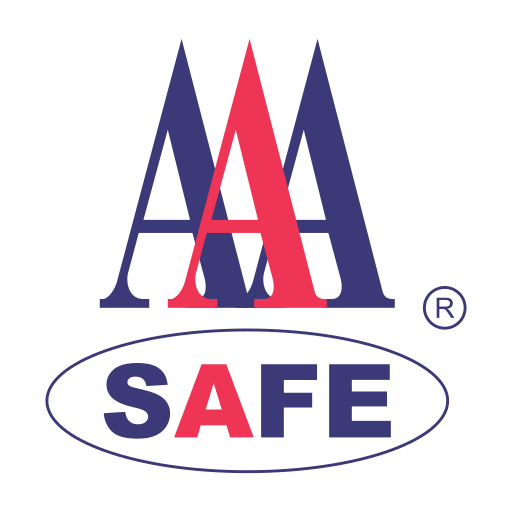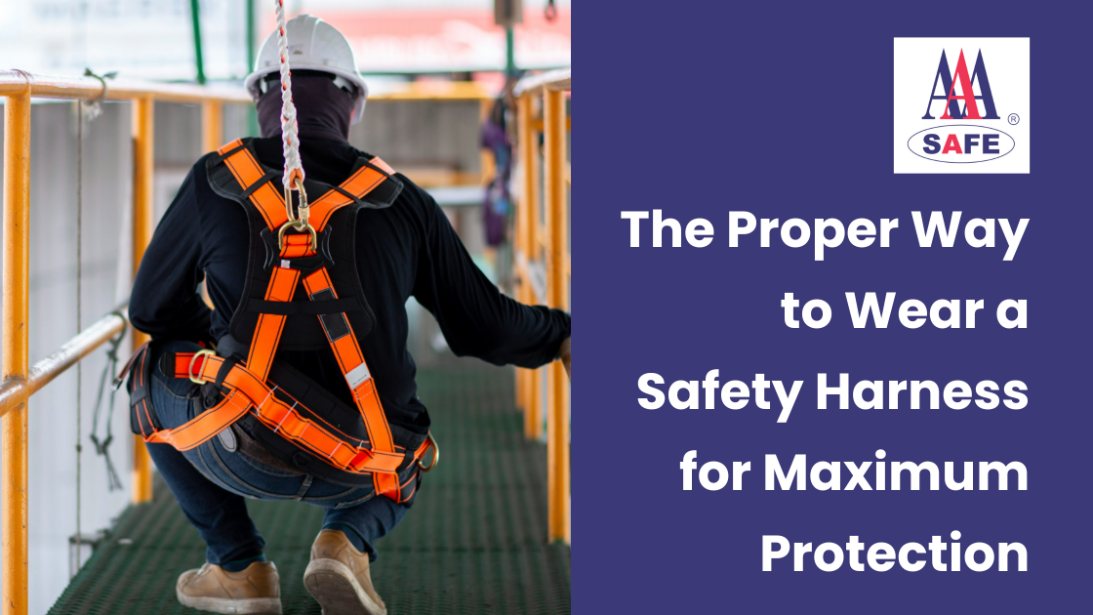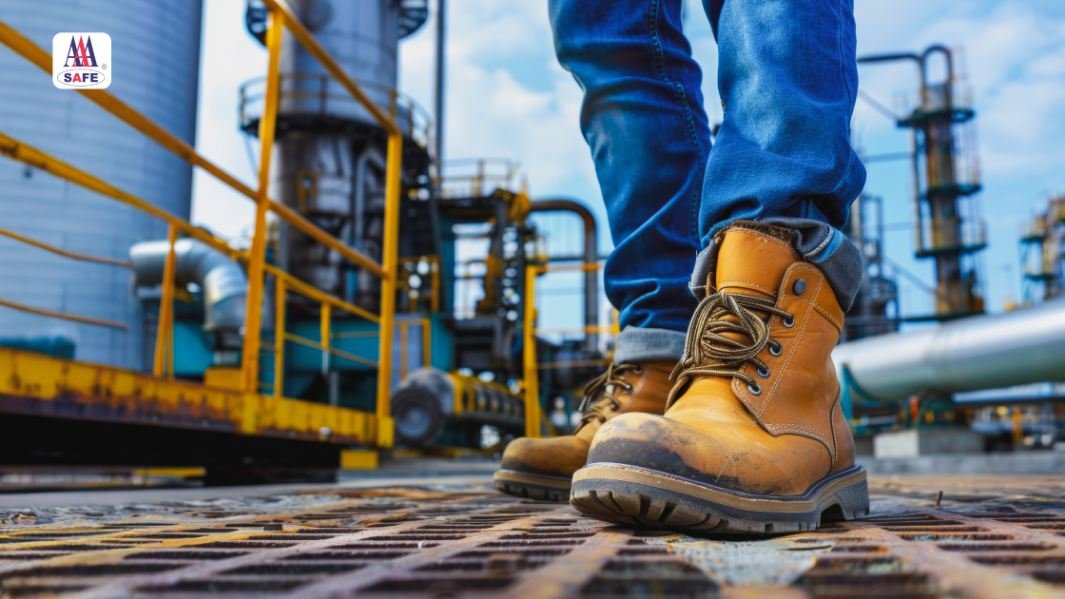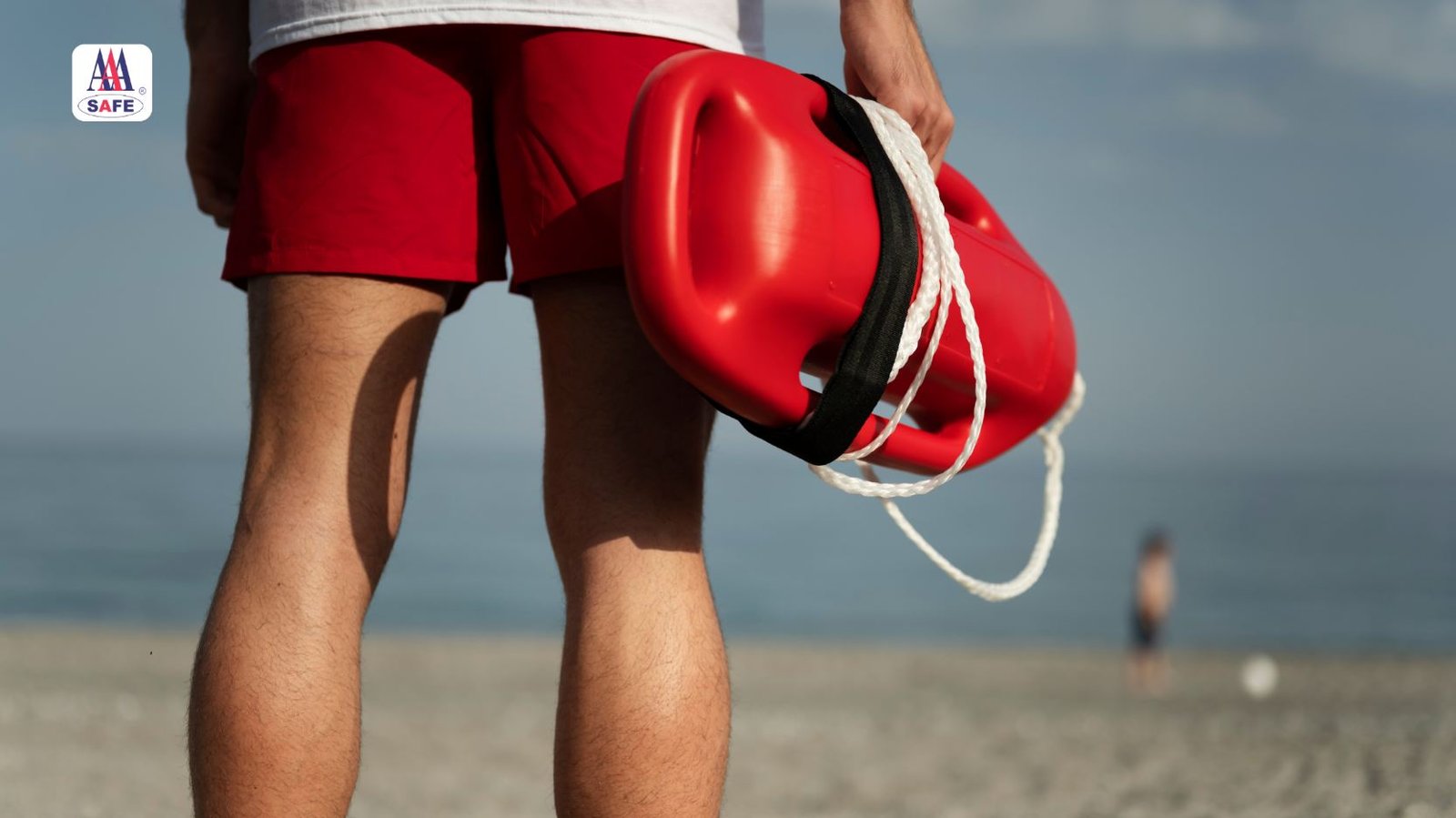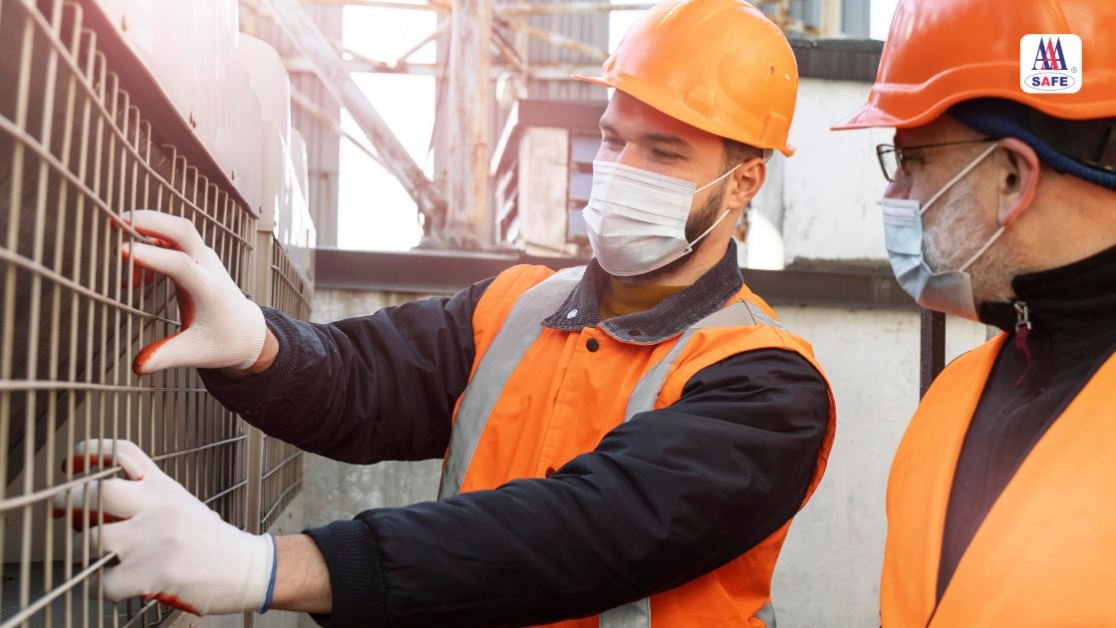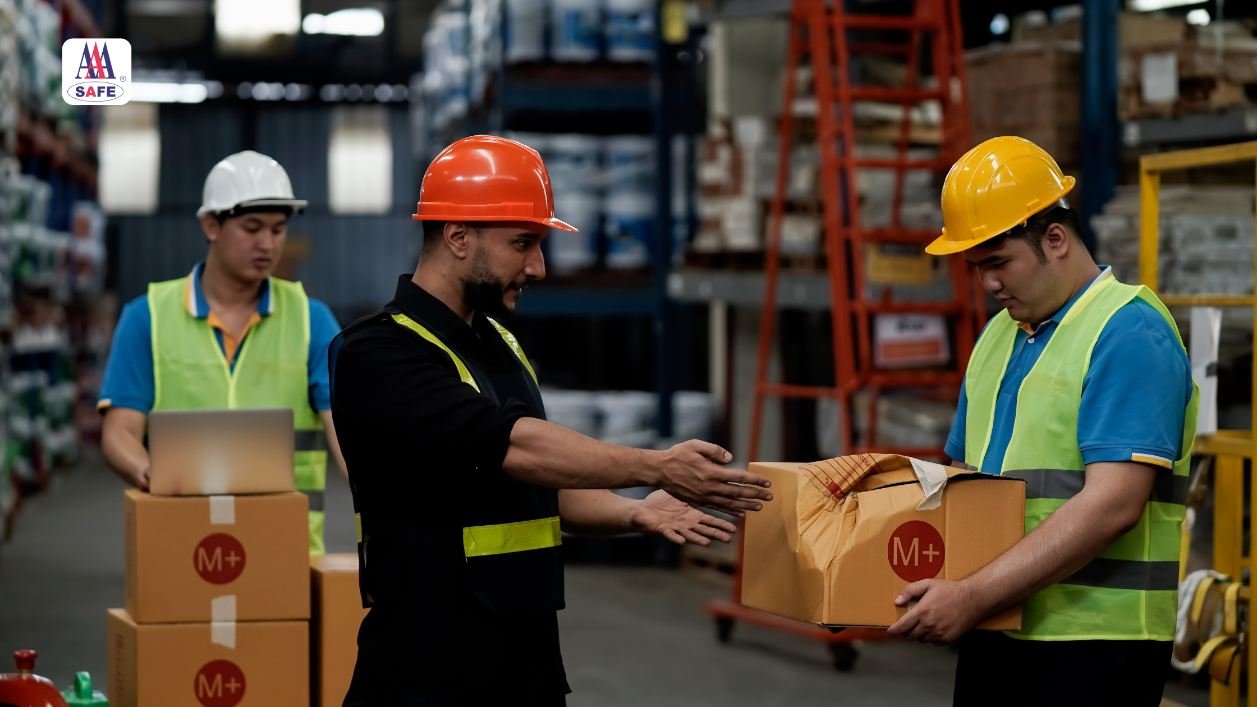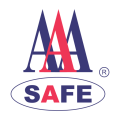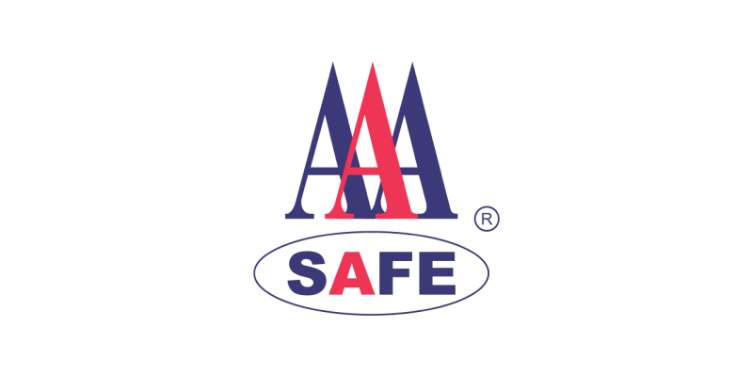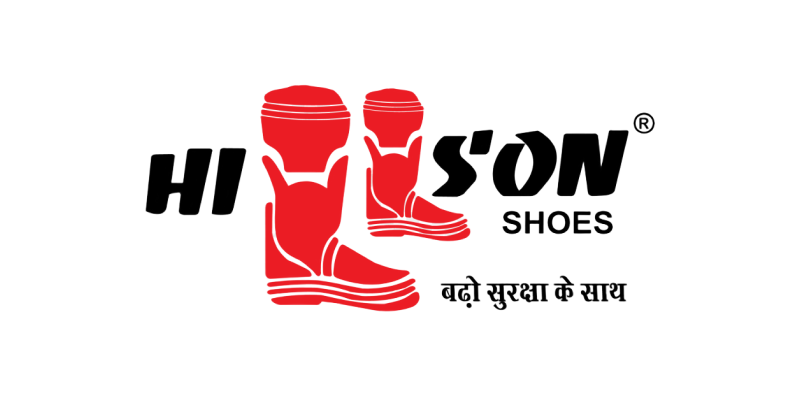Safety harnesses are crucial for protecting workers at height. But do you know how to wear one correctly? In the UAE, where construction and industrial sectors are booming, understanding the proper way to wear a safety harness is essential. This article will guide you through the steps to ensure maximum protection when working at elevated heights.
According to recent statistics, falls from height account for 36.4% of all workplace fatalities. In the construction industry alone, 46.1% of fatal falls occurred in 2020. These alarming numbers highlight the importance of proper safety harness use. Let’s dive into the details of how to wear a safety harness correctly and maximize your protection.
Why is Wearing a Safety Harness Properly So Important?
A safety harness is your lifeline when working at height. It’s designed to distribute the force of a fall across your body, minimizing the risk of severe injury. But a harness can only do its job if worn correctly. Improper use can lead to:
- Increased risk of injury during a fall
- Reduced effectiveness of the fall arrest system
- Discomfort and reduced mobility while working
- Non-compliance with UAE safety regulations
Did you know that using a safety harness correctly can reduce the occurrence of fall-related injuries by 19.6%? That’s a significant improvement in workplace safety!
How to Put On a Safety Harness: Step-by-Step Guide
Now, let’s walk through the process of putting on a safety harness properly. Follow these steps to ensure maximum protection:
- Inspect the harness: Before putting it on, check for any signs of wear, damage, or defects.
- Hold the D-ring: Grasp the back D-ring and shake out the harness to allow all straps to fall into place.
- Don the harness: Put it on like a vest, ensuring the D-ring is located between your shoulder blades.
- Adjust the shoulder straps: Tighten them so they fit snugly but allow full range of motion.
- Connect the chest strap: Fasten it across your mid-chest and adjust for a secure fit.
- Adjust the leg straps: Ensure they’re snug but not overly tight. You should be able to fit two fingers between the strap and your leg.
- Check the fit: Stand up straight and make sure all straps are snug and the harness feels comfortable.
Remember, a properly fitted harness should feel snug but not restrictive. Can you move freely? Does the harness feel secure? If yes, you’re on the right track!
Common Mistakes to Avoid When Wearing a Safety Harness
Even with the best intentions, it’s easy to make mistakes when putting on a safety harness. Here are some common errors to watch out for:
- Twisted or tangled straps
- Loose-fitting harness
- Incorrectly positioned D-ring
- Failing to double-check all connections
- Using a harness that shows signs of wear or damage
Are you guilty of any of these mistakes? If so, it’s time to correct them for your safety!
Safety Harness Regulations in the UAE: What You Need to Know
In the UAE, safety harness use is governed by strict regulations. The Dubai Development Authority’s Circular 339 mandates that employees working at height must be provided with necessary personal protective equipment, including safety harnesses with lifelines.
Moreover, the UAE is updating its occupational health and safety regulations in 2025 to align with international standards. This includes stricter enforcement of safety harness use in high-risk industries.
As an employer or worker in the UAE, are you up to date with these regulations? Staying informed is crucial for compliance and safety.
Maintaining Your Safety Harness: Tips for Longevity and Effectiveness
Proper maintenance of your safety harness is as important as wearing it correctly. Here are some tips to keep your harness in top condition:
- Store in a cool, dry place away from direct sunlight
- Hang the harness when not in use to avoid physical damage
- Clean with mild soap and water, avoiding harsh chemicals
- Inspect before each use for signs of wear or damage
- Replace the harness if it’s been involved in a fall or shows signs of significant wear
Did you know that with proper care, a safety harness can last 5 to 6 years? That’s a significant lifespan for such a crucial piece of equipment!
Frequently Asked Questions About Safety Harness Use
A pre-use inspection should be carried out at the beginning of each shift. Additionally, a formal detailed inspection should be conducted at least twice a year.
If you find any damage or defects on your safety harness, do not use it. Report the issue to your supervisor immediately and request a replacement.
While many safety harnesses are versatile, it’s important to use a harness that’s appropriate for your specific work environment and tasks. Consult with your safety manager to ensure you’re using the right equipment.
A properly fitted safety harness should be snug but not restrictive. You should be able to fit two or three fingers between the straps and your body.
In addition to a safety harness, you may need other personal protective equipment (PPE) such as a hard hat, safety boots, gloves, and high-visibility clothing, depending on your work environment.
Remember, wearing a safety harness properly is not just about following rules—it’s about protecting your life. By understanding and implementing these guidelines, you’re taking a crucial step towards ensuring your safety at work. Stay safe, stay protected!
